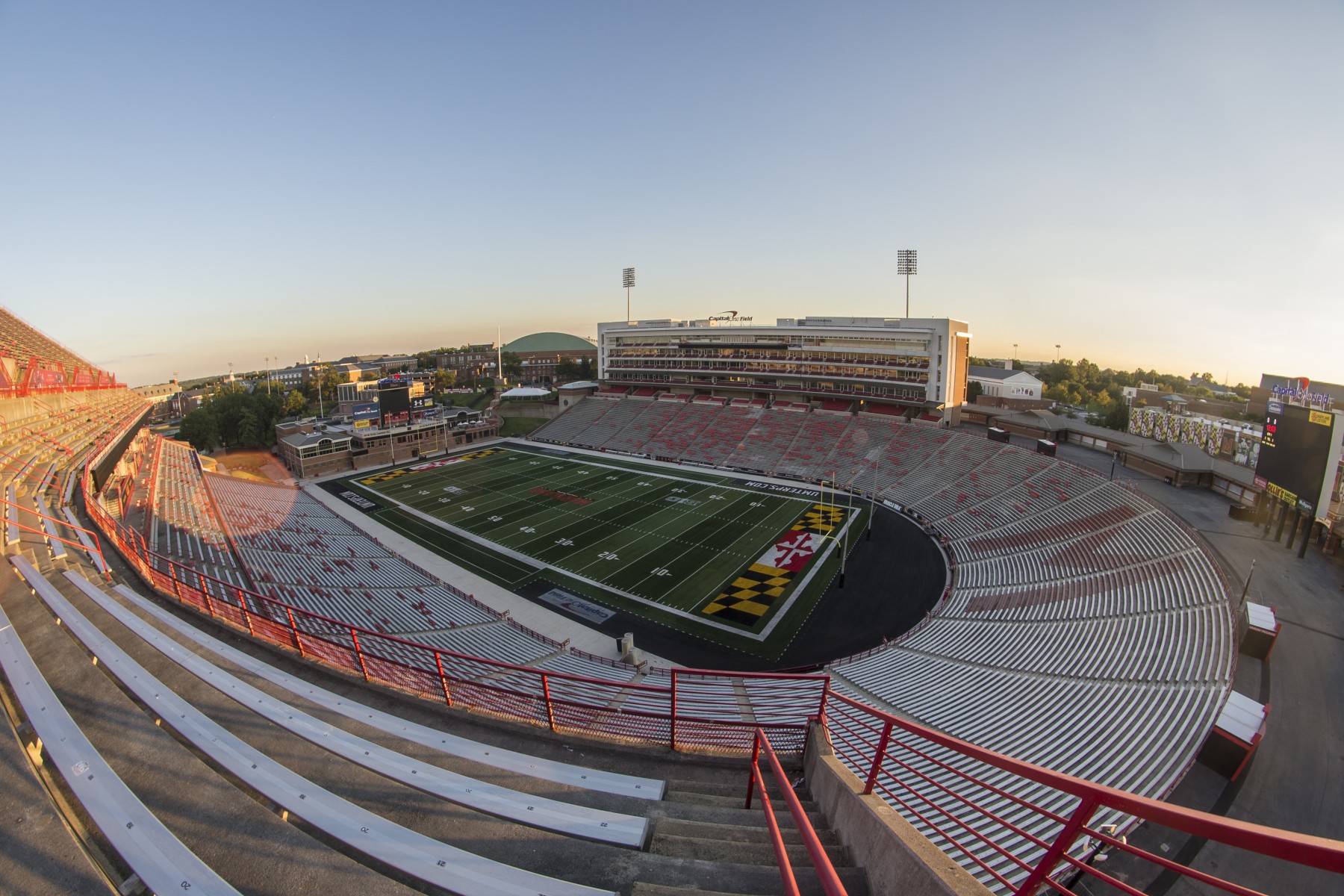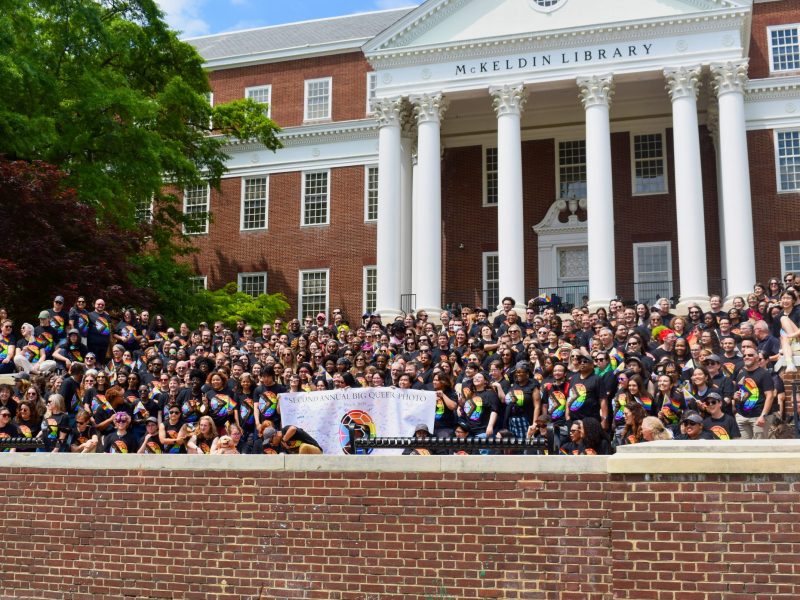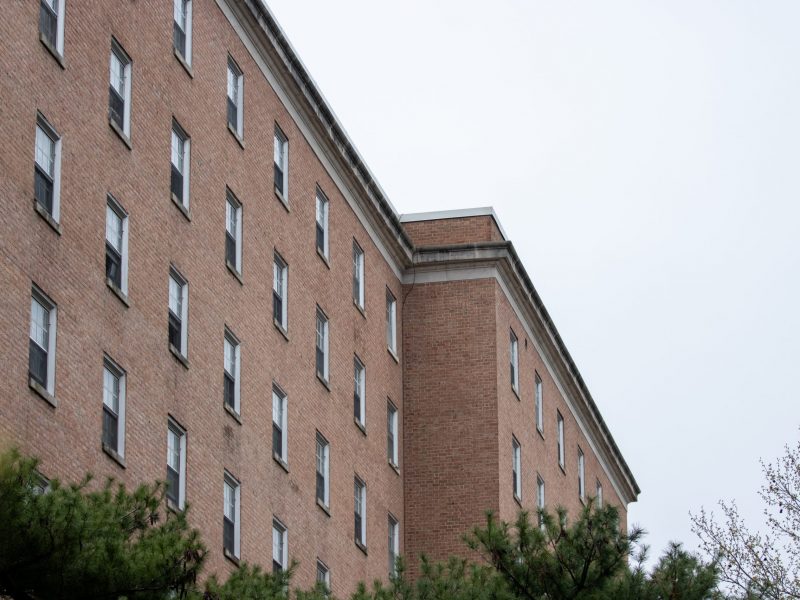Former University of Maryland football player Darryl Hill made history as the first African-American player to play in the ACC. Now, the National Network for the Liberation of College Athletes, a national group comprised of students and staff founded by former university student Colin Byrd, is pushing for a statue to be made in his honor.
The group, along with NAACP campus chapter members, Justice for Juniors and alumni, signed a Sept. 6 letter addressed to university President Wallace Loh asking if this university would “erect a statue of Darryl Hill on or around Maryland Stadium.”
“The story of Darryl Hill is not just important to telling the University of Maryland’s history,” Byrd said. “It’s really important in telling the history of college athletics overall. He not only integrated Maryland football program, but college football all across the south.”
This request comes after the former Byrd Stadium was renamed to Maryland Stadium in December, according to the letter. In fall 2015, the Byrd Stadium Naming Work Group made suggestions to consider “installation of public markers in and around the stadium to honor individuals who better represent the university’s commitment to diversity and inclusion. One name that came up was Darryl Hill,” the letter read.
English professor Michael Olmert, who wrote a play about Hill in 2010 titled Moving The Chains: The Darryl Hill Play, said having a statue of Hill would be the same as having one of Frederick Douglass, a former slave and abolitionist.
“I think people could look at that statue in the same way that they look at the Frederick Douglass statue,” Olmert said. “Darryl Hill isn’t Frederick Douglass, but actually, they have both put their lives in danger to make a statement … to change the culture.”
If the university agreed to have a statue of Hill on the campus, it would show that this university had a commitment to diversity, senior communication major Kayla Tarrant said.
“It’s one thing to get rid of the name that is offensive in the long run; it’s another thing to completely put something that is positive in front of the stadium so that all students of all races can see that the university is dedicated to what they do,” Tarrant said.
In 2012, the ACC honored Hill for creating a path for future generations on the 50th anniversary of his first Maryland game in 1963, according to a Diamondback article. Hill’s foundation, Kids Play USA, helps youth nationally fight against economic discrimination, the article noted.
From 2003 to 2009, Hill was named the director of major gifts for this university’s department of Intercollegiate Athletics. During his time there he was responsible for financing the now-Maryland Stadium expansion and obtained a $20 million naming gift with Chevy Chase for the football field, according to his LinkedIn profile. As of 2012, he is also on the Board of Directors for the University of Maryland Athletic Hall of Fame.
Ultimately, this statue would help tell people that cultural change always comes with a price, Olmert said.
“[Hill] paid the price so that later generations of African Americans can come here and play football,” he added. “His three years … He loved being here but it wasn’t like yours. There was danger and there was tension during football season. But he is still a big fan of Maryland, and he loves what [the Maryland football team] did for him.”
The group said it hopes to receive a response by the end of September, according to the letter.



